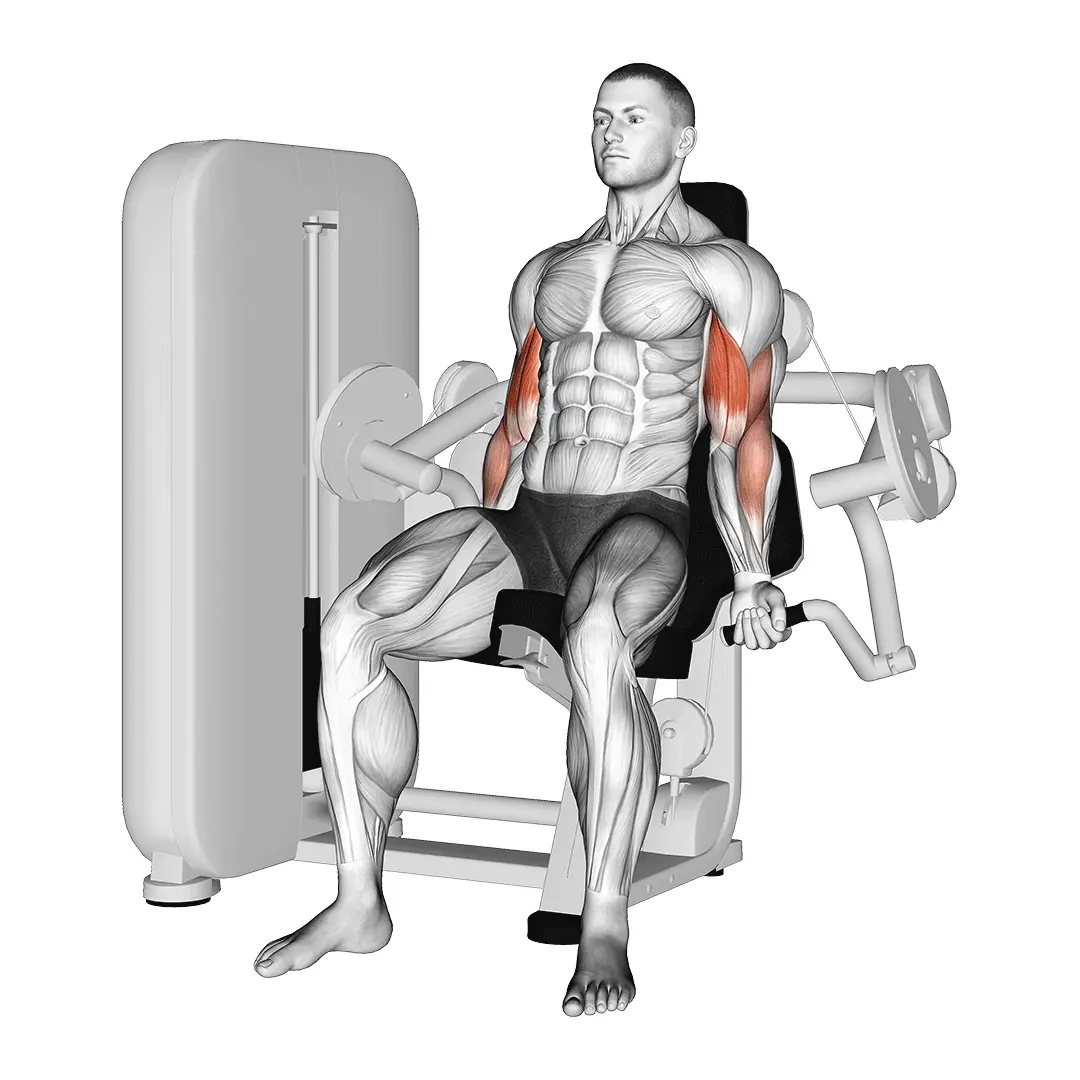Spider Curls

Muscles Involved
Spider curls primarily target the biceps brachii, which is crucial for flexing the elbow and rotating the arm. This exercise effectively isolates the biceps by placing them in a stretched position at the start of the movement, resulting in greater activation. Additionally, the brachialis, a muscle located beneath the biceps, serves as a secondary muscle involved in this curling motion, helping to contribute to overall arm size and strength. The forearm muscles, including the brachioradialis and wrist flexors, also play a supporting role during the exercise as they stabilize the weight while curling.
Top Mistakes
- Using excessive weight: Lifting too much can lead to poor form and increase the risk of injury.
- Incorrect body positioning: Allowing the back to arch or shoulders to round removes engagement from the biceps.
- Not controlling the motion: Rushing through the curls can result in a lack of muscle engagement and diminished effectiveness.
- Neglecting the pause: Failing to pause and squeeze at the top of the movement reduces muscle contraction benefits.
Execution Tips
- Start by positioning yourself on an incline bench with your chest against the pad and arms hanging straight down. This helps to eliminate momentum.
- Choose a moderate weight that allows for controlled movements throughout the exercise.
- As you curl the weight, keep your elbows stationary and close to your body, focusing on contracting your biceps.
- Take a brief pause at the top of the curl, ensuring to fully squeeze the biceps before slowly lowering the weight back down.
Workouts
Incorporate spider curls into your arm workout routine by performing 3 to 4 sets of 8 to 12 reps. This exercise pairs well with other bicep exercises such as standard curls, hammer curls, or chin-ups. To maximize effectiveness, structure your workout to include compound movements like bench presses or rows beforehand, allowing you to focus on isolation exercises like spider curls later in the session. Ensure to maintain proper rest intervals of 30 to 60 seconds between sets to optimize muscle recovery.
Conclusion
Spider curls are a highly effective exercise for building and defining your biceps, contributing to greater arm strength and aesthetics. By isolating the biceps and minimizing momentum, this movement allows for intense muscle engagement, which can lead to enhanced muscle growth when performed correctly. Incorporating spider curls into your workout routine will not only improve your bicep development but also enhance overall arm functionality, making it a valuable addition for anyone looking to strengthen their upper body.



